Canon PowerShot G7 X review
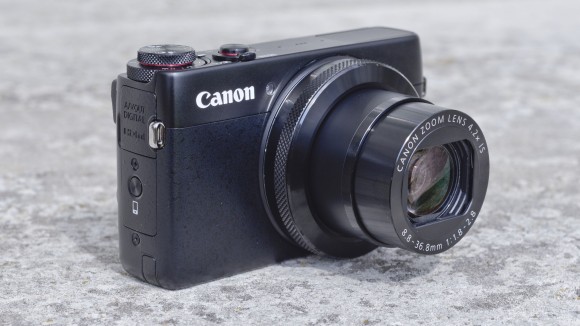
The PowerShot G7 X is designed for photographers who want the power, control and even the image quality of a D-SLR, but in a camera small enough to fit in a pocket.
That’s what Canon’s top-end PowerShot G-series cameras are designed for, but in the past this kind of camera has compromised on sensor size. To get a small camera you had to put up with a small sensor.
Canon fixed this with the PowerShot G1 X Mark II, which has a sensor nearly as large as an SLR’s – but it’s a pretty big camera and stretches the concept of a ‘compact’.
That’s why the new G7 X is so interesting. It uses a 1-inch sensor big enough to produce great images but small enough to allow a genuinely pocketable camera design.
In the past, Canon has had a lot of success with its PowerShot G-series and PowerShot S-series of compact cameras, but in recent times models like the 12.2Mp Canon G16 have started to seem a bit too bulky and ugly. Both it and the sexierPowerShot S120 (which has the same sensor) also lack in the sensor size department when compared with the likes of the Sony RX100 II and Sony RX100 III.

The new Canon PowerShot G7 X gives photographers an alternative option when looking for a small camera as back-up to their SLR. Inside its sleek exterior, which is a pretty close match for the S120’s, is a new 20.2-million-pixel, one-inch back-illuminated sensor and a Digic 6 processing engine. This puts it above the G16 and S120, but below the Canon G1 X Mark II(which has a 1.5-inch, or 18.7×14.0mm, sensor) in the PowerShot range.
As a compact camera, the G7 X has a fixed lens and Canon has plumped for an 8.8-36.8mm optic, which is equivalent to a 24-100mm f/1.8-2.8 lens in 35mm terms. This is a nice versatile range that will be appreciated by keen photographers as it allows for cramped interior shots, flattering portraits and a little telephoto reach. The fact that the lens has a nine-blade aperture will also be popular as this should create smoother bokeh (background blur).
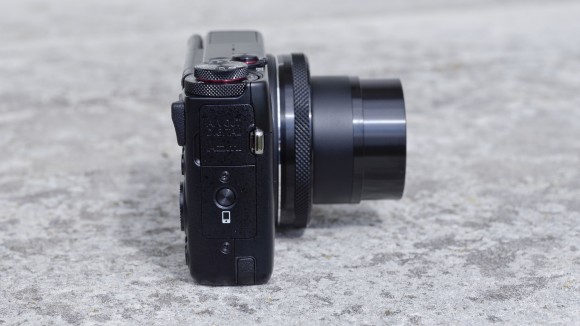
The wide maximum aperture is also good news as this allows greater control over depth of field and fast shutter speeds to be used in comparatively low light. There’s also a three-stop Image Stabilization (IS) system to help combat camera shake in low light.
It’s worth noting that the widest aperture is only available at the very shortest focal length – the aperture closes to a still-wide f/2.0 as soon as the focal length is adjusted and it’s not long before it drops to (a still very useful) f/2.8.
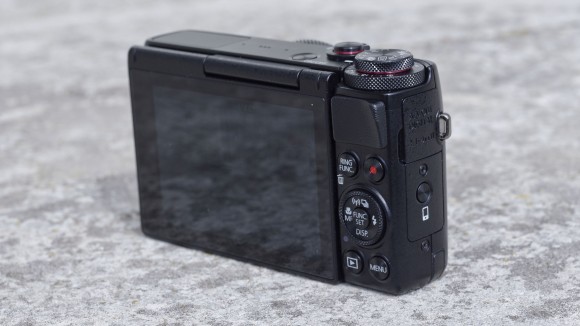
As the Canon G7 X is designed to appeal to enthusiast photographers, it’s possible to shoot in manual, aperture priority or shutter priority mode, but there are also automatic options for less experienced photographers. Images may also be saved in raw or JPEG format (or both simultaneously) and sensitivity, aperture and shutter speed may be controlled manually when shooting Full HD video (at up to 60p).
In recognition of the selfie phenomenon the three-inch, 1,040,000-dot LCD screen on the back of the camera can be tipped up through 180 degrees for easy viewing while facing the camera lens. And, like the S120, the G7 X’s screen is also touch-sensitive so you have a choice of using the shortcut buttons or the screen to control the camera. Unfortunately, there’s no viewfinder, so the screen is the only option for composing and reviewing images.
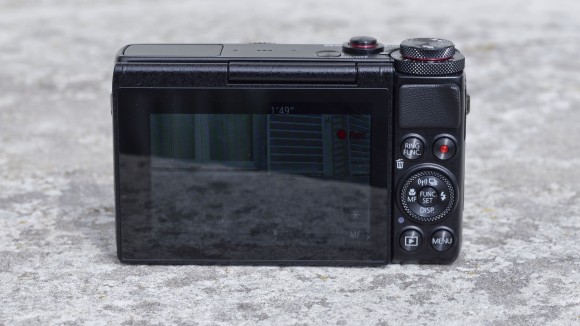
There is, however, Wi-Fi connectivity for wireless transfer and quick image sharing, along with NFC technology to speed up connection to NFC-enabled smartphones and tablets. The camera can also use a smartphone’s GPS system for geotagging images.
As the sensor is comparatively large and is back-illuminated, noise should be controlled well. Consequently, Canon has allowed sensitivity to be set in the ISO 100-12,800 range, with the full range available in auto mode; the maximum continuous shooting rate is 6.5 frames per second (fps) though the focus is set at the start of the sequence. The rate drops to 4.4 fps with continuous autofocusing. Up to 692 images can be shot in a sequence.
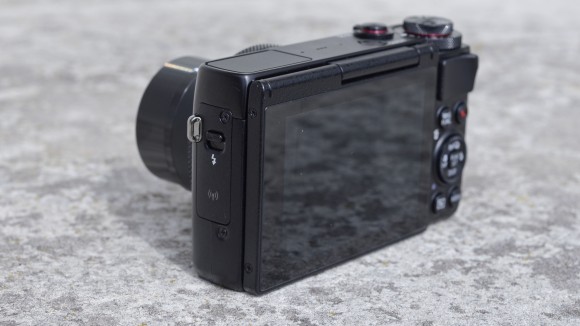
Other specification highlights include Creative Shot mode, in which the camera records a sequence of six images that are treated or cropped in a random variety of ways, a small pop-up flash, Star mode for capturing the night sky and star trails automatically, HDR mode for increased dynamic range and Hybrid Auto mode, which captures a snippet of video footage with every still and then creates a movie at the end of the day.










